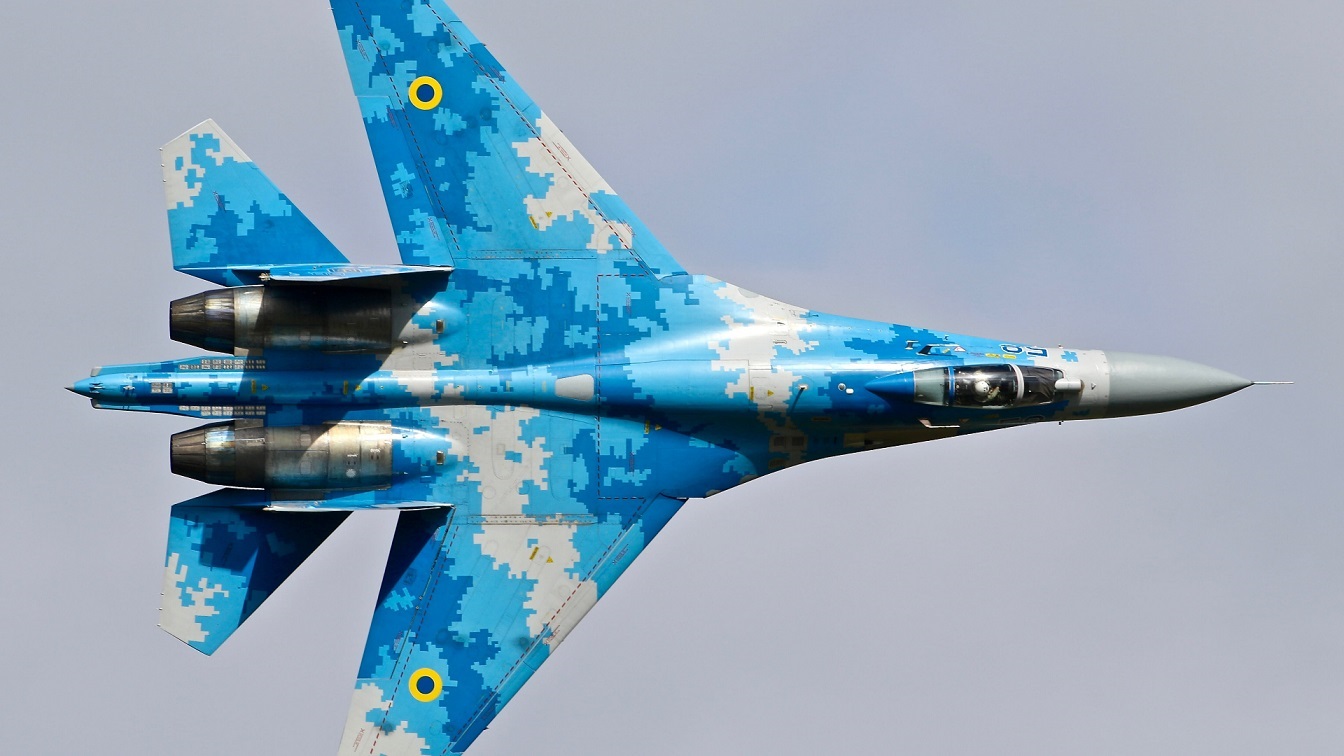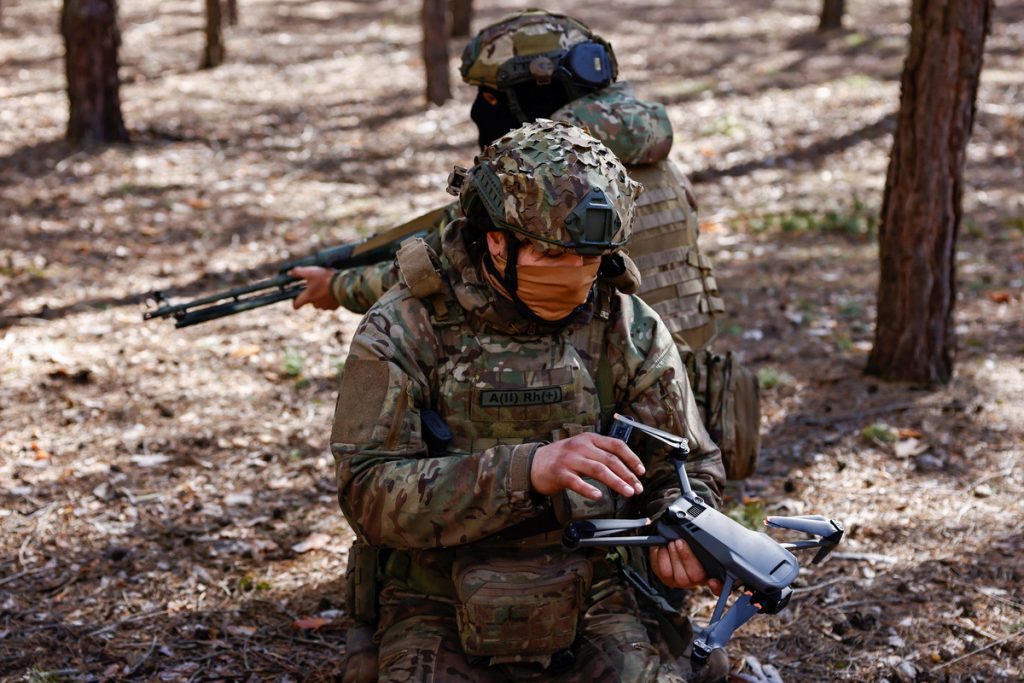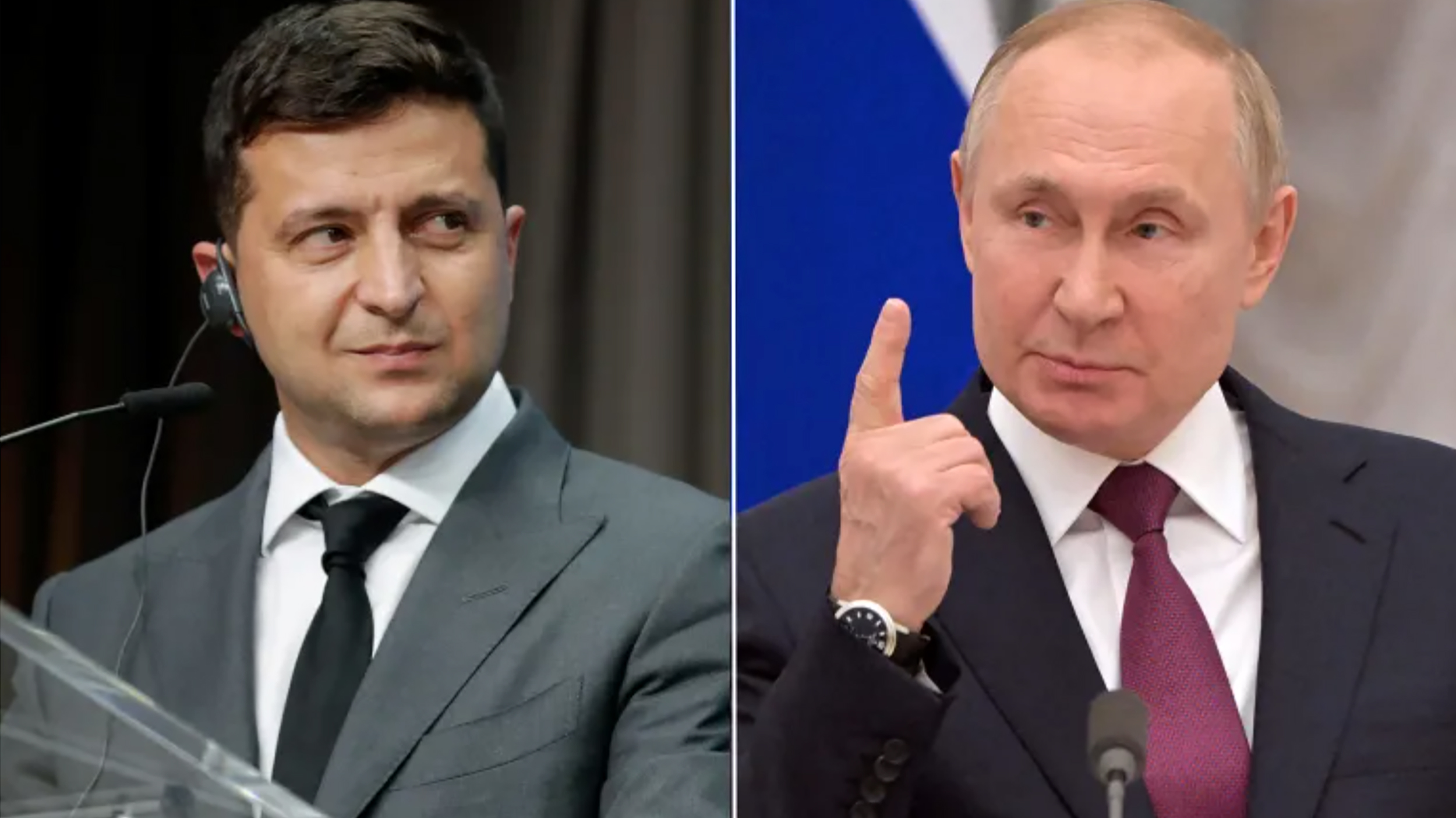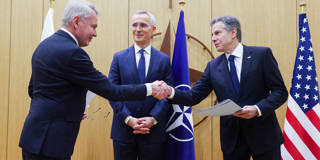Tom Ellison
On February 9th, the Geological Survey of India announced1 it had discovered 5.9 million tons of lithium, a metal in high demand for electric vehicle batteries and other low-carbon energy technologies. Though the findings are preliminary, if borne out, the discovery would put India among the world’s top holders of lithium, with significant implications2 for India’s own electric vehicle (EV) deployment, environmental management, and energy independence. However, the potential reserves’ location in Jammu and Kashmir state—heavily militarized territory disputed by Pakistan—underscores the security challenges associated with critical mineral wealth. These challenges highlight the urgent need to prepare for the potential negative security repercussions of expanded mining in India and elsewhere, including via improved mining governance, new technologies, reduced lithium demand, and conflict resolution.
Economic and Environmental Implications
The development of lithium resources in Kashmir would have lucrative and disruptive implications that could exacerbate existing security challenges. First, the lithium would be a major economic and resource asset for the Indian government, as global demand for lithium is projected to increase forty-two-fold3 in a future scenario that meets the Paris Agreement’s climate targets. This boon could help India generate revenue to tackle climate and other challenges or meet its domestic renewable energy and EV goals with cheaper and more independent lithium supplies—if India can develop adequate refining capacity alongside extraction.
Second, however, lithium mining could damage local ecology, populations, and economies. The environmental impacts4 of extracting lithium of the hard rock variety potentially located in Jammu and Kashmir include excessive freshwater use, deforestation and resulting carbon emissions, and the contamination of water or fertile land with mining byproducts. This is all in an area the World Resources Institute’s Aqueduct rates as Extremely High in physical water stress.5

















